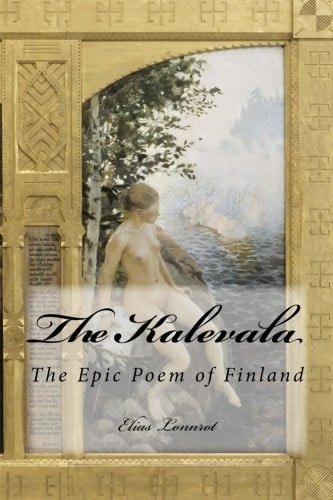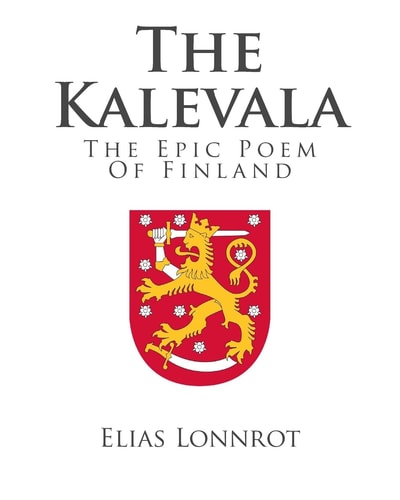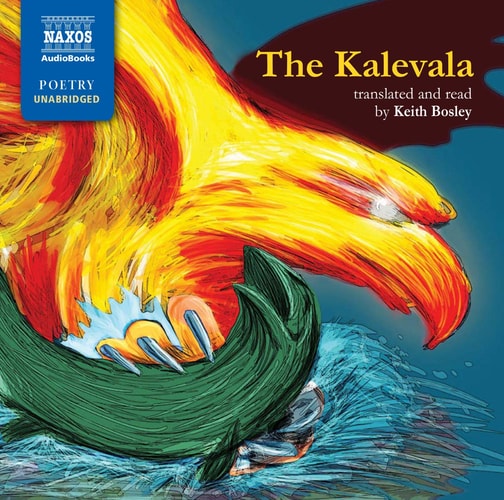
The Kalevala or The Kalewala is a 19th-century work of epic poetry compiled by Elias Lönnrot from Karelian and Finnish oral folklore and mythology. It is regarded as the national epic of Karelia and Finland and is one of the most significant works of Finnish literature. The Kalevala played an instrumental role in the development of the Finnish national identity, the intensification of Finland's language strife and the growing sense of nationality that ultimately led to Finland's independence from Russia in 1917. The first version of The Kalevala (called The Old Kalevala) was published in 1835. The version most commonly known today was first published in 1849 and consists of 22,795 verses, divided into fifty songs. The title can interpreted as "The Land of Kaleva" or "Kalevia". The Kalevala begins with the traditional Finnish creation myth, leading into stories of the creation of the earth, plants, creatures and the sky. Creation, healing, combat and internal story telling are often accomplished by the character(s) involved singing of their exploits or desires. Many parts of the stories involve a character hunting or requesting lyrics (spells) to acquire some skill, such as boat-building or the mastery of iron making. As well as magical spell casting and singing, there are many stories of lust, romance, kidnapping and seduction. The protagonists of the stories often have to accomplish feats that are unreasonable or impossible which they often fail to achieve leading to tragedy and humiliation. The Sampo is a pivotal element of the whole work. Many actions and their consequences are caused by the Sampo itself or a character's interaction with the Sampo. It is described as a magical talisman or device that brings its possessor great fortune and prosperity, but its precise nature has been the subject of debate to the present day. There are also similarities with mythology and folklore from other cultures, for example the Kullervo character and his story bearing some likeness to the Greek Oedipus. The similarity of the virginal maiden Marjatta to the Christian Virgin Mary is also striking. The arrival of Marjatta's son in the final song spelling the end of Väinämöinen's reign over Kalevala is similar to the arrival of Christianity bringing about the end of Paganism in Finland and Europe at large.





